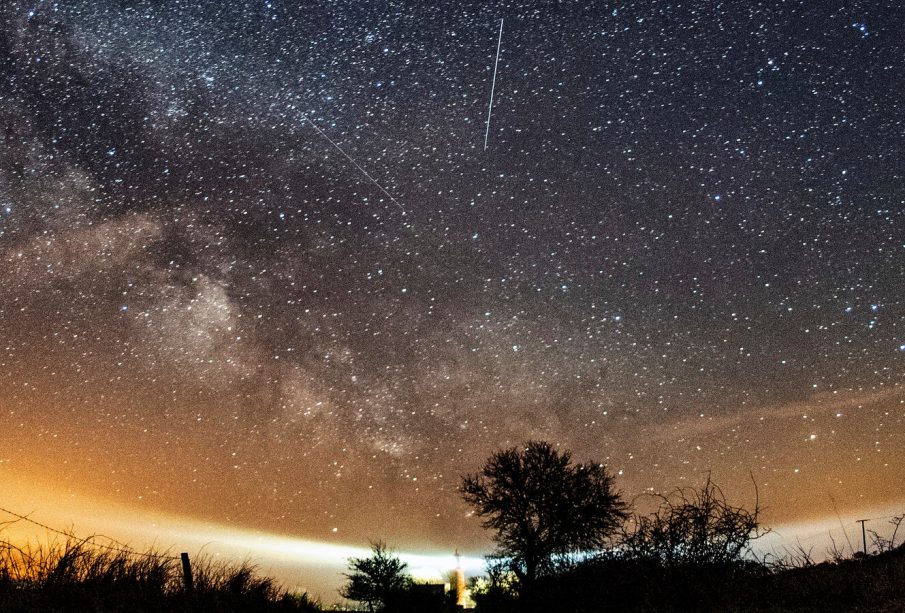The Lyrids Meteor Shower: A Celestial Spectacle Awaits in April

Introduction
The Lyrids meteor shower is one of the oldest documented meteor showers, known for its captivating light displays each April. This annual event takes place as the Earth passes through the debris trail left by comet C/1861 G1 Thatcher. As the shower occurs from April 16 to April 25, this year’s peak is expected to be particularly spectacular, with optimal viewing conditions for stargazers and astronomers alike.
Main Body: What to Expect This Year
This year, the peak of the Lyrids meteor shower will fall on the night of April 22 into the early hours of April 23. Observers can expect to see about 15-20 meteors per hour, especially under clear skies away from city lights. The Lyrids are known for their fast and bright meteors, some of which can leave trails that last for several seconds.
The Lyrids are unique not just for their intensity but also for their historical significance. They have been recorded for over 2,600 years, with the earliest account dating back to 687 BC in China. Over the centuries, the Lyrids have intrigued astronomers and laypeople alike, leading to various studies and a deeper understanding of meteor storms.
Viewing Tips for Enthusiasts
To experience the full beauty of the Lyrids meteor shower, enthusiasts are encouraged to find a dark location away from artificial light pollution. A clear, open area where the sky is unobstructed will provide the best vantage point. The radiant point of the meteor shower will be near the constellation Lyra, making it an excellent opportunity for star-gazing and even spotting other celestial events.
Conclusion: A Sign of Nature’s Wonder
<pThe Lyrids meteor shower is more than just a striking display in the night sky; it represents the wonders of nature and the cosmic events that link us all. As we prepare for this year's shower, it serves as a reminder of the vast universe we inhabit. For those planning to observe, mark your calendars for the peak night, grab a blanket, and prepare to be awed by one of nature's most beautiful displays. Don't miss the chance to witness this annual celestial event!








